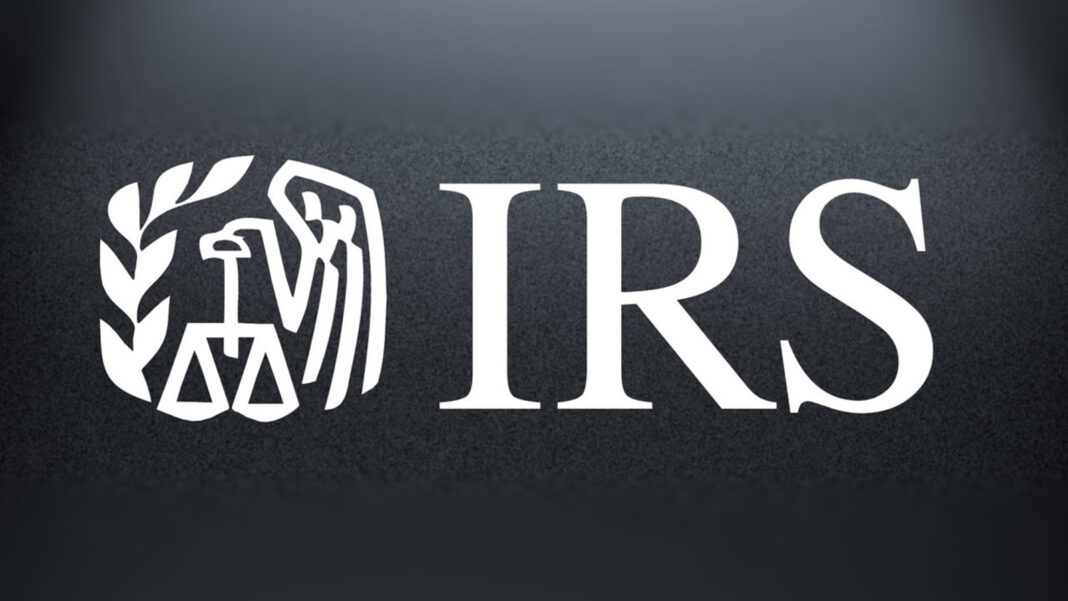Tool provides taxpayers with: IRS confirmation of receiving a federal tax return, approval of the tax refund and issuing date of refund
With millions of tax refunds going out each week, the Internal Revenue Service reminded taxpayers today that recent improvements to “Where’s My Refund?” on IRS.gov provide more information and remains the best way to check the status of a refund.
The “Where’s My Refund?” tool provides taxpayers with three key pieces of information: IRS confirmation of receiving a federal tax return, approval of the tax refund and issuing date of the approved tax refund. Information for returns from tax years 2023, 2022 and 2021 is available.
During this busy part of filing season, millions of taxpayers are anticipating refunds. In the second of the weekly Tax Time Guide series, the IRS highlights important details about “Where’s My Refund?” that can help taxpayers quickly get the information they need without calling the IRS.
The improvements to the heavily used tool follow Inflation Reduction Act funding, which is providing for a variety of IRS technological advances and upgrades designed to help taxpayers and transform agency operations.
“Where’s My Refund?” enhancements
In filing season 2024, taxpayers will benefit from important updates that reduce the need for many taxpayers to call the IRS and include:
- Messages with detailed refund status in plain language.
- Seamless access on mobile devices and with the IRS2Go app.
- Notifications indicating whether the IRS needs additional information.
How to use “Where’s My Refund?”
To use “Where’s My Refund?”, taxpayers must enter their Social Security number or Individual Taxpayer Identification number, filing status and the exact whole dollar amount of their expected refund from the original tax return for the year they’re checking.
Once the IRS acknowledges receipt of a return, refund status information is typically available within:
- 24 hours after receipt of a taxpayer’s e-filed tax year 2023 return.
- Three to four days after receipt of an e-filed tax year 2022 or 2021 return.
- Four weeks after mailing a paper return.
Taxpayers should note that the IRS updates the tool once a day, usually overnight, so there’s no need to check more often. The IRS reminds taxpayers that the fastest way to get a refund is by filing electronically and using direct deposit.
Refund delivery
Many different factors may affect the timing of refund delivery:
- The tax return has errors, requires additional review or is incomplete.
- The return needs a correction to the Earned Income Tax Credit (EITC) or Additional Child Tax Credit.
- The time between the IRS issuing the refund and the bank posting it to an account may vary since processing times fluctuate.
The IRS will contact taxpayers by mail if more information is needed to process a return. IRS phone and walk-in representatives can only research the status of a refund if:
- 21 days or more have passed since a return was filed electronically.
- Six weeks or more have passed since a return was mailed.
- “Where’s My Refund?” tells the taxpayer to contact the IRS.
If a taxpayer refund isn’t what is expected, it may be due to changes made by the IRS. These changes could include corrections to the Child Tax Credit or EITC amounts or an offset from all or part of the refund amount to pay past-due tax or debts. More information about reduced refunds is available on IRS.gov.
Filing season reminders
- Taxpayers should make IRS.gov their first stop to get information on filing a tax return. There is information on Choosing a tax professional, IRS Free File, Answers to tax questions and Tips on filing a return.
- Taxpayers who file electronically and choose direct deposit typically get their refund in less than 21 days. Taxpayers who don’t have a bank account can find out how to open a bank account at a FDIC-insured bank or the National Credit Union Locator Tool.
- Refund information for amended tax returns is not available on “Where’s My Refund?” Use “Where’s My Amended Return?” to get the status of an amended return.
- The deadline for most taxpayers to file a tax return, pay any tax due or request an extension to file is Monday, April 15.
Other stories you may want to check out:









